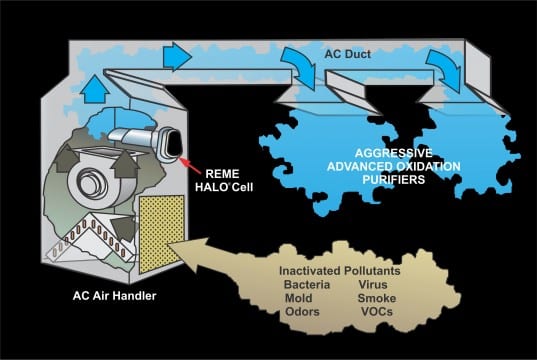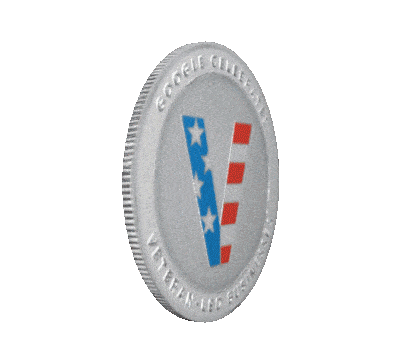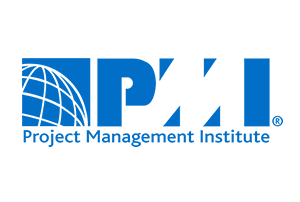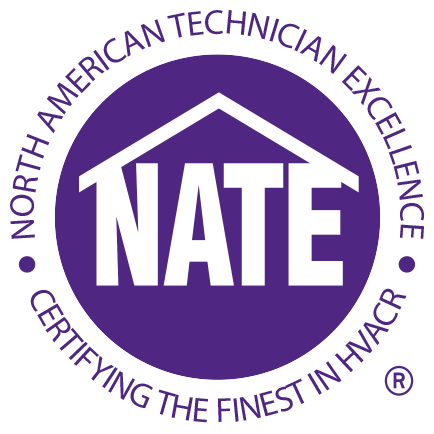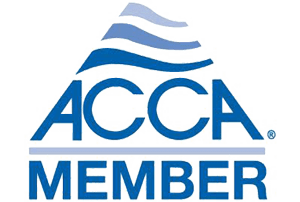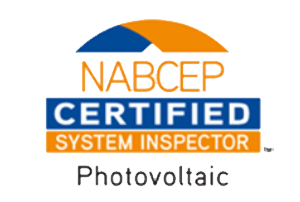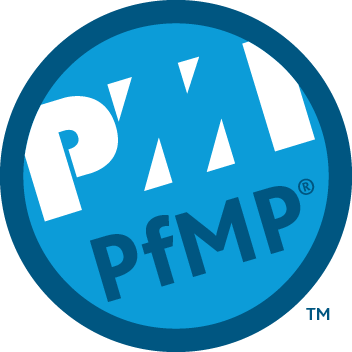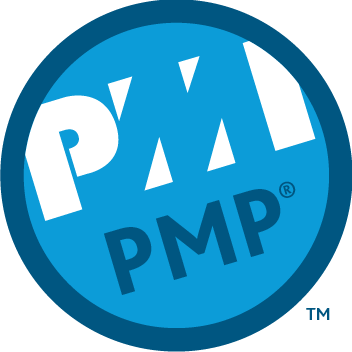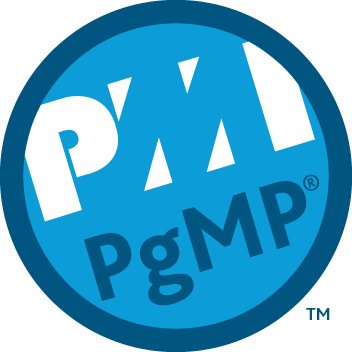Indoor Air Quality
Home Performance Group’s holistic approach combines building science with cutting edge technologies assuring energy conservation, energy efficiency and independent energy production. Each aspect of home performance is interdependent with all the other systems including indoor air quality (IAQ). IAQ impacts your heating and cooling system performance, equipment longevity, monthly utility bills and personal health making it a key aspect to total home performance.
HPG works with each client developing a custom strategy aimed at solving your specific air quality need. We offer a host of possible solutions aimed at maximizing your home performance and personal comfort. HPG specializes in all three corrective methods for indoor air quality; total duct work cleaning including anti-microbial applications, mechanical fresh air ventilation systems, and whole home filtering options.
- Emphasis on total home performance ensures all building systems are fully integrated in order to maximize both comfort and performance.
- Delivers whole-home clean air, particularly for homes with fuel burning appliances and fireplaces.
- Heat recovery technology replaces stale air and polluted indoor air with fresh outdoor air minimizing negative pressure in your home.
- Year-round energy recovery with the benefit of fresh air and energy savings.
- Eliminate excess humidity during the cold seasons.
- Improves indoor air quality and helps reduce symptoms associated with “sick building syndrome”(see below) and respiratory problems.
Indoor Air Quality Learning
While the quality of our environmental air has been a concern for decades, emphasis has now fallen on the quality of indoor air, the air in our homes and offices – air that often contains substances that can irritate our allergies, make us sick or even become deadly.
Today, homes are built with ever tighter construction to help keep energy costs lower. This has the effect, however, of permitting fewer air changes that were common with older homes – and of keeping higher concentrations of airborne particulates inside the home.
Untreated higher concentrations of these particulates can take their toll. Paint, wallpaper, and interior decorating fabrics can become dingier as pollutants settle. These particulates may also cause nasal congestion, eye, throat, and skin irritation, sneezing, headaches, coughs; even nausea and fatigue in some cases.
Research shows that indoor air is often far more polluted than outdoor air, and that many of the particulates commonly found in indoor air are known irritants. About 99% of these pollutants cannot be seen with the naked eye.
Some of the indoor pollutants:
- Pollen and plant spores
- Dust
- Viruses, bacteria and fungi
- Pet dander
- Human skin flakes
- Dust mites, droppings, and their carcasses
- Cooking smoke and grease
- Mildew and mold
- Cigarette smoke
Options to Improve or Treat Indoor Air Quality
- Duct work cleaning – reducing the source of pollutants may involve drastic measures, such as cutting out smoking and getting rid of pets. Obviously, those solutions may not always be possible or practical. Duct work cleaning can be an excellent alternative particularly with whole home cleaning and the application of anti-microbial spray application. CLICK HERE to learn more.
- Mechanical fresh air ventilation (active and passive) – another option is to dilute the concentrations of particulates in the air with the introduction of clean fresh air. Dilution is desirable because it helps decrease gases given off by carpeting, building materials, and other products. While some air is continually leaving your home, it may not happen at a very high rate in tightly constructed homes. To speed up dilution, you can open windows and doors to let in more outdoor air. This too, is not always practical or possible, especially in the winter. A better alternative is installing an HRV/ERV fresh air ventilation system.
- Filtering – the third solution is filtering the indoor air supply which can take several routes. Almost every home has a basic furnace or air conditioning filter, which prevents the biggest particulates, such as lint, hair and large dust, from getting into the furnace. These filters operate at a cleaning efficiency of about 5% at best (meaning they only remove about 5% of all the particulates from the air). A better solution is upgrading to a whole-house high efficiency air cleaner.
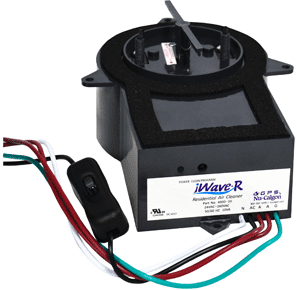

The award winning REME HALO® whole home in-duct air purifier is the next generation of indoor air quality (IAQ) technology and capable of purifying every cubic inch of air that your central air conditioning system reaches. Designed to eliminate sick building syndrome risks by reducing odors and air pollutants, the REME HALO® whole home in-duct air purifier is the best solution for whole house and building air purification.
Sick Building Syndrome
The National Institute for Occupational Safety and Health (www.cdc.gov/niosh) prefers the term “Indoor Air Quality.” If 20% of occupants have the following symptoms – including watering eyes; hoarseness; headaches; dry, itchy skin; dizziness; nausea; heart palpitations; miscarriages; shortness of breath; nosebleeds; chronic fatigue; mental fogginess; tremors; swelling of legs or ankles; and cancer – the building may be considered to have an indoor air quality problem or labeled a “sick building.” The telling factor is if symptoms ease when people are away from the home or building. The Consumer Federation of America cities that indoor air pollution is responsible for up to 50% of all illness with an estimated cost in medical bills of over $100 billion annually, while the American Medical Association has stated that with the reduction of fresh air entering a home, increased levels of Radon gas and other known carcinogens have been detected.
There are many causes attributable to sick building syndrome. Beginning in the 1970s during the oil embargo, there was a movement amongst builders and regulatory authorities to tighten building envelopes and construction improving building energy efficiency which would save on fuels for heating and air conditioning. Many buildings became virtually air-tight with little outdoor air entering these new buildings. The ventilation was reduced to 5 cfm/person. This reduced ventilation rate was found to be inadequate to maintain the health and comfort of building occupants. Malfunctioning heating, ventilation and air-conditioning systems (HVAC systems) also increase the indoor air pollution. In order to have an acceptable indoor air quality (IAQ) with a minimum energy consumption, The American Society of Heating, Refrigeration and Air-Conditioning Engineers (ASHRAE) recently revised ventilation standards to a minimum outdoor air flow rate of 15 cfm/person to avoid the problems related to inadequate ventilation.
According to ASHRAE, some polluting factors include indoor combustion caused by fuel burning appliances (gas furnaces, water-heaters, ranges, and flue gases from fireplaces) and buildup of carbon monoxide and inhalable particles; environmental tobacco smoke; volatile organic compounds such as benzene, styrene, and other solvents; and airborne biological contaminants, allergens and pathogens, such as viruses, bacteria, fungi, spores, and protozoans. Added to that are new building materials (plywood, carpet glue) and fabrics (rugs, furniture) that “off-gas” toxic fumes.
Sick Building Syndrome Prevention
- Increase the ventilation rates and air distribution with fresh air ventilation systems and properly design and installed ductwork systems. The heating, ventilation and air-conditioning systems should be designed to meet ventilation standards in the international building and mechanical codes. The HVAC system should be operated and maintained properly to ensure that the desired ventilation rates are attained. If there are strong pollutants, the air may need to be directly vented to the outside. This method is especially recommended to remove pollutants that accumulate in specific areas such as kitchens and bathrooms.
- Removal or modification of the pollutant source can be carried out by a routine maintenance of HVAC systems, replacing water-stained ceiling tiles and carpets, using stone, ceramic or hardwood flooring, proper water proofing, avoiding synthetic or treated upholstery fabrics, minimizing the use of electronic items and unplugging idle devices, venting contaminants to the outside, storing paints, solvents, pesticides and adhesives in closed containers in well-ventilated areas and using these pollutant sources in periods of low or no occupancy. Allowing time for building material in new areas to off-gas pollutants before occupancy and smoking restrictions are some measures that can be used.
- Air cleaning can be a useful addition to control air pollution. Air cleaning can be performed by ensuring use of frosted glass and skylights that give access to natural light, and indoor plants that absorb carbon monoxide and formaldehyde from the air. Air filters are also effective in removing some if not all of the pollutants.


Featured Service Areas:
| Missouri | Kansas | ||||
|---|---|---|---|---|---|
|
Belton Blue Springs Cameron Excelsior Springs Gladstone Holt |
Independence Kansas City Kearney Lathrop Lawson Lee's Summit |
Liberty North Kansas City Parkville Platte City Plattsburg Polo |
Raytown Riverside Smithville Sugar Creek Weston |
Kansas City Lansing Leavenworth Leawood Lenexa |
Merriam Mission Mission Hills Praire Village Shawnee |


